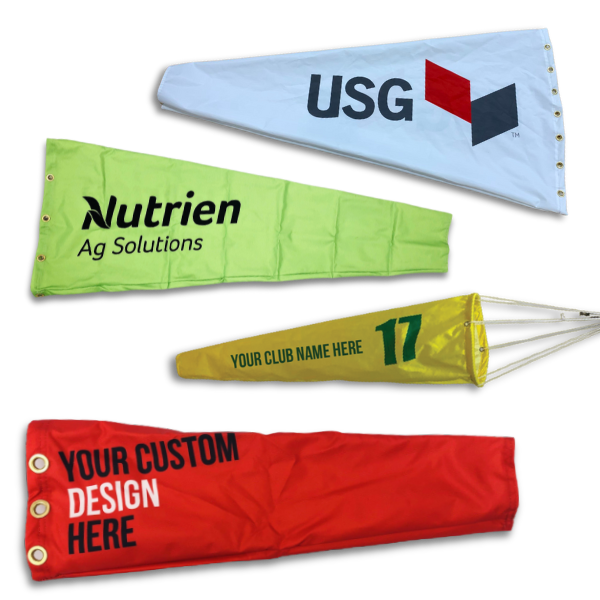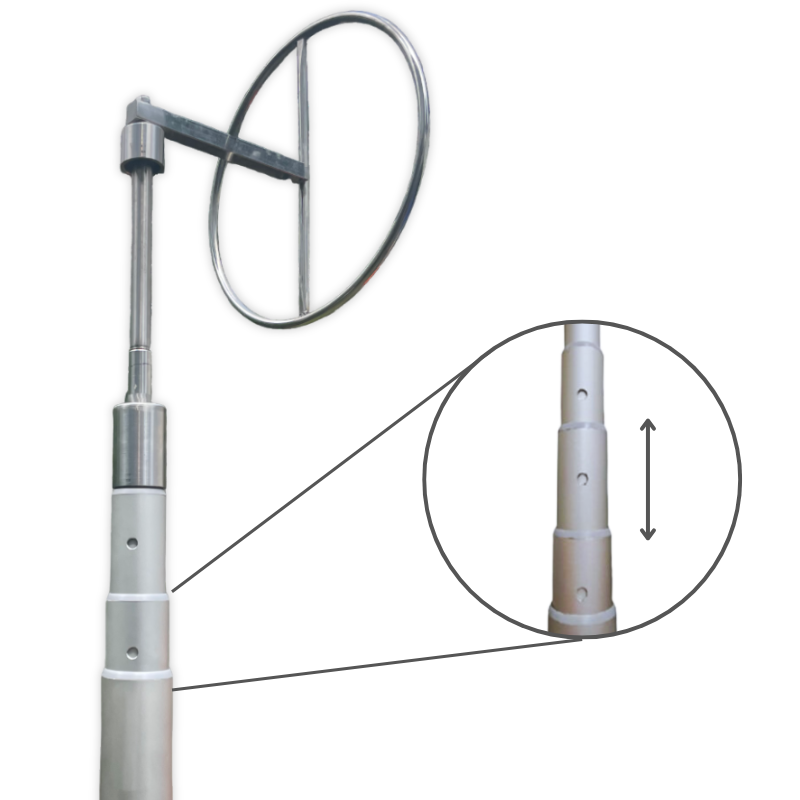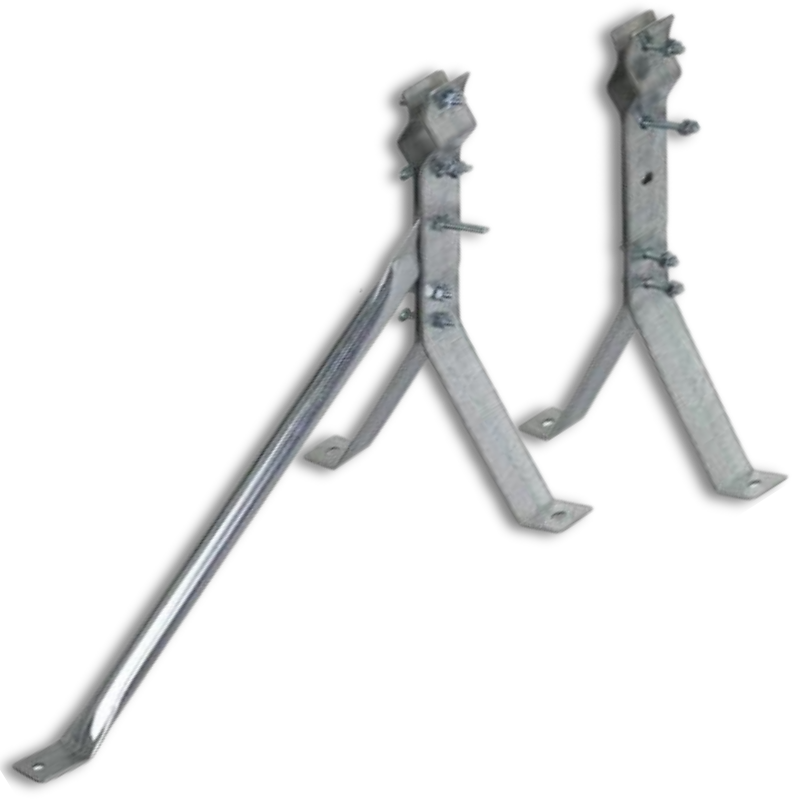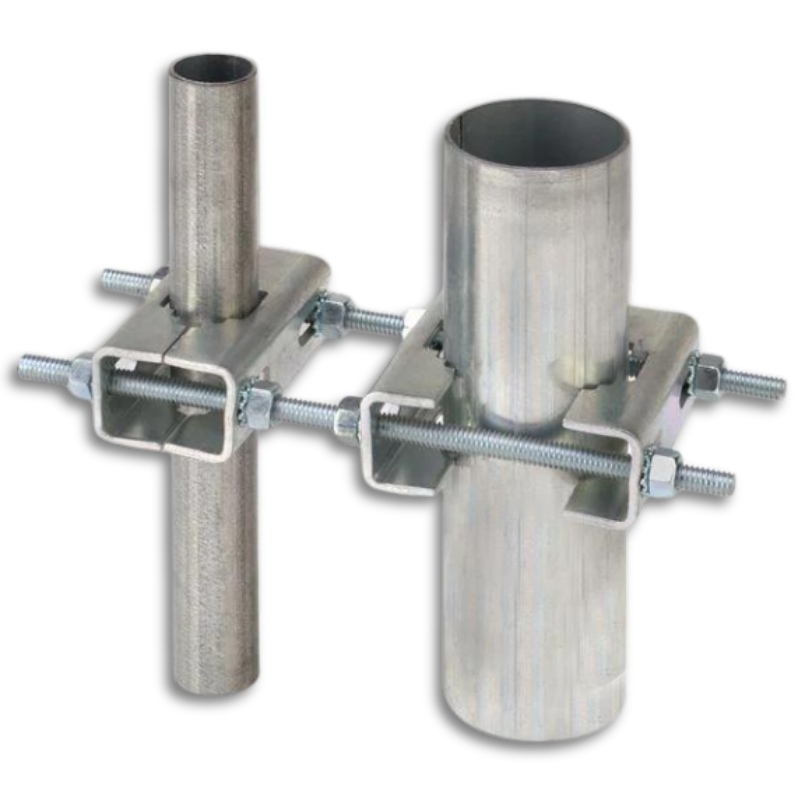So Many Socks! Which Windsock Should You Choose? (Australia Edition)
If it’s your first time buying a windsock, it can definitely feel a bit overwhelming. But don’t worry—we’ve made it easy.
Here are the two key questions to ask yourself:
-
What do I need my windsock for?
-
How big should it be?
Once you’ve figured those out, you’ll be well on your way to picking the right sock for your site 😊
What Should Your Windsock Tell You?
Windsocks are designed to tell you two things:
-
Wind direction
-
Wind speed
Say you're working at a mine site, industrial facility or refinery where there’s a risk of a gas release—like hydrogen sulphide (H₂S). In that case, it’s crucial to know the direction of the wind so personnel can respond or evacuate safely. See our mining and industrial windsocks
The wind blows
towards the open end (the mouth) of the windsock. That’s how you read direction.
If you're at an aerodrome, farm airstrip or heliport, wind speed becomes just as important. Pilots rely on the inflation level of the windsock to gauge wind strength. A fully extended sock usually means stronger wind, while a limp sock indicates a light breeze.
If you’re just after wind direction, a standard orange or custom windsock will do the trick.
But if you need to understand
both direction and speed, go with a
striped (variegated) windsock. The stripes help indicate wind speed at a glance.
See all of our aviation windsocks for airports and airstrip here
Size Matters – How Big Should Your Windsock Be?
Once you’ve figured out
what type of windsock you need, let’s talk size.
Size depends on
how visible you want your sock to be from a distance.
Here’s a rough guide for visibility:
-
60 cm (24") – Visible from approx. 90 m
-
90 cm (36") – Visible from approx. 200 m
-
120 cm (48") or more – Visible from 400 m+
⚠️ Reminder: Certain locations (like certified aerodromes) may have minimum size regulations—check with CASA or local authorities to stay compliant.
For industrial or safety applications, we recommend sizing for maximum visibility.
For
recreational or light commercial use—like on
golf courses, sports ovals, tennis or pickleball courts—a smaller sock (60–120 cm long) is usually more than enough.
See our tennis windsocks here
Already Got a Frame? Here’s How to Match the Sock
If you already have a frame installed, check whether it’s a single hoop or double hoop frame:
✅ Single Hoop Frame
Just measure the diameter of the hoop. That’s the diameter your windsock should match.
✅ Double Hoop Frame
We’ll need:
-
The diameter of both hoops
-
The distance between them
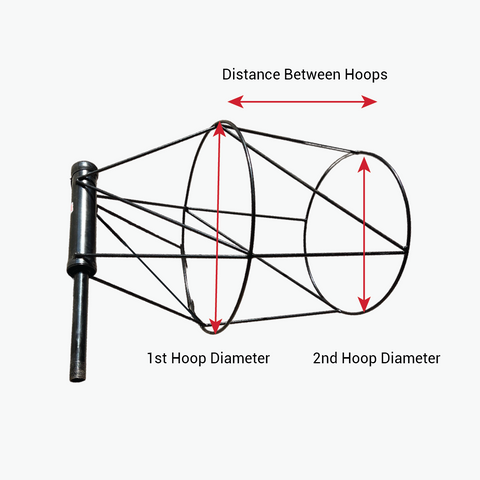
These measurements help us make sure a standard or custom-shaped windsock fits snugly. See all of our windsock frames here
Can’t Reach the Frame? No Worries
If you’ve got the old sock but can’t access the frame, just lay it flat and:
-
Measure the height from top to bottom
-
Multiply that by 0.637
-
Round to the nearest whole number
That gives you an accurate diameter so you can order the right replacement. Too easy!

You’re Windsock-Ready, Mate!
Now you know what your windsock should tell you—and from how far away it needs to be seen—you’re ready to make a confident choice.
Need help or a quote?
📧
Email:
info@custom-windsocks.com
Whether you’re working on a remote mine site in WA, managing traffic at a bushfire control point, or upgrading your local airstrip—we’re here to help.

